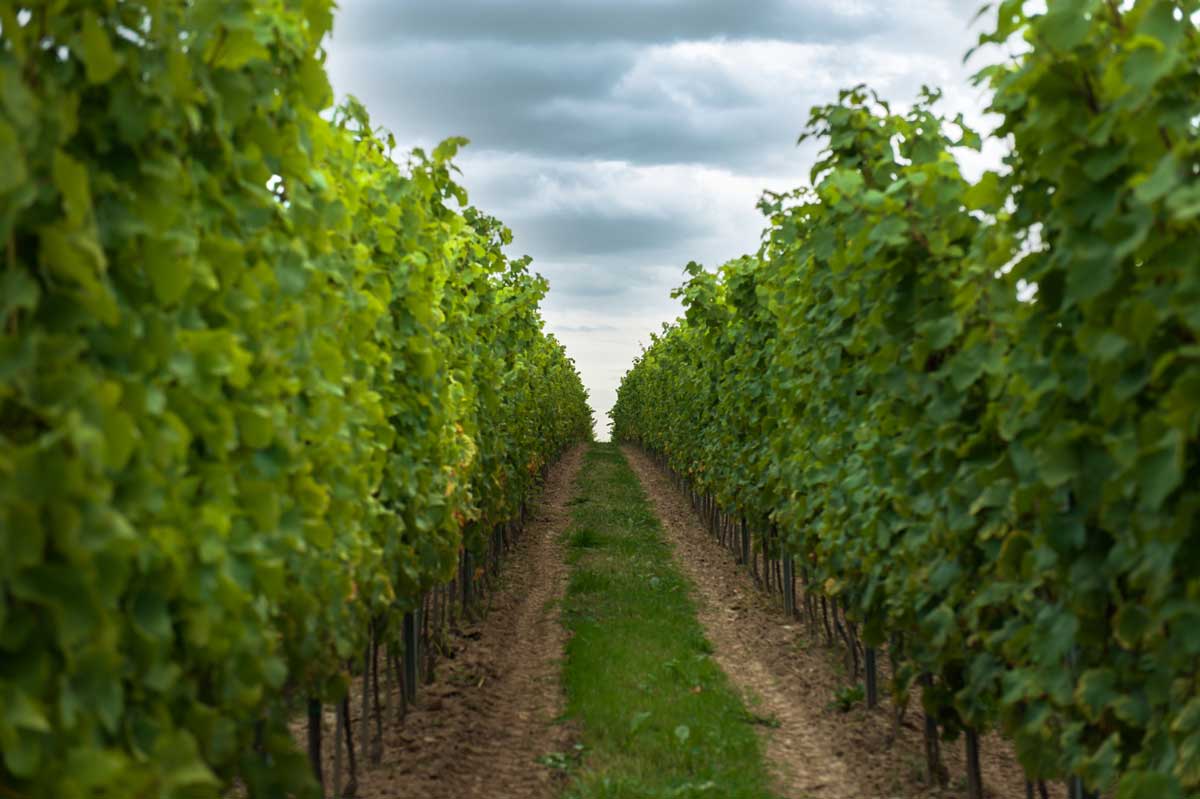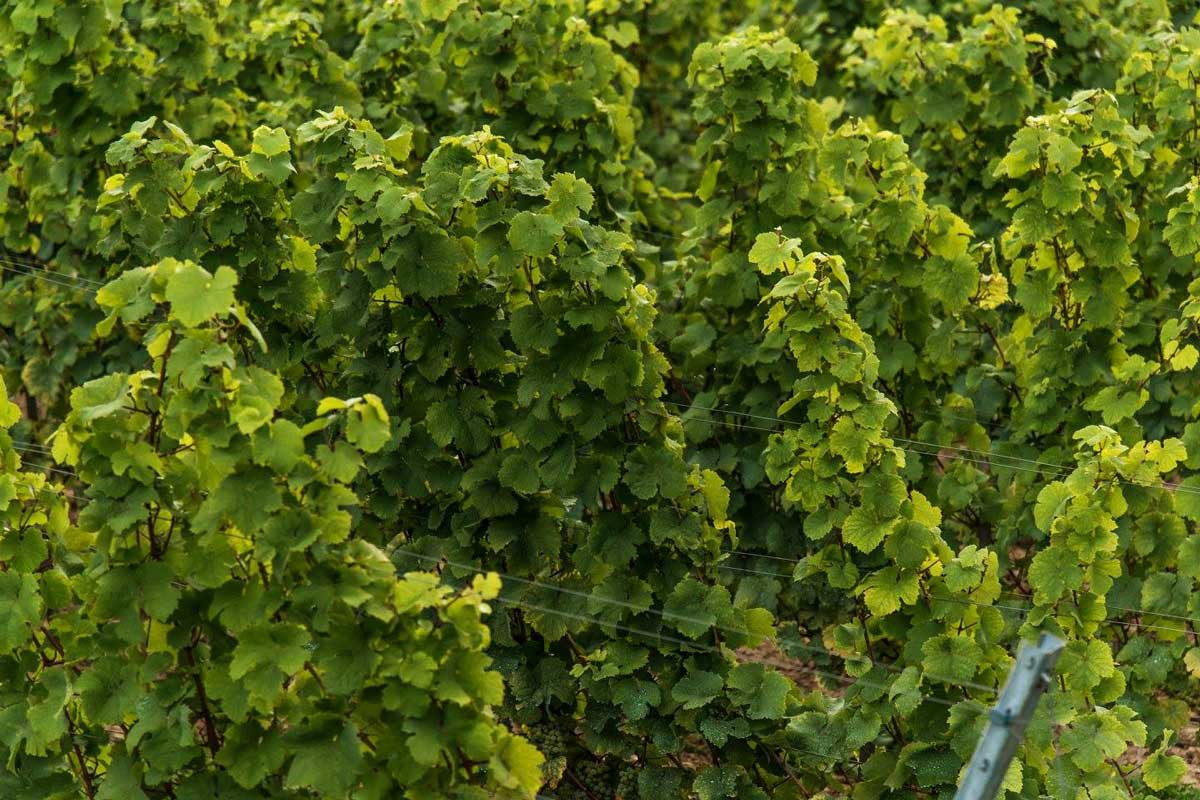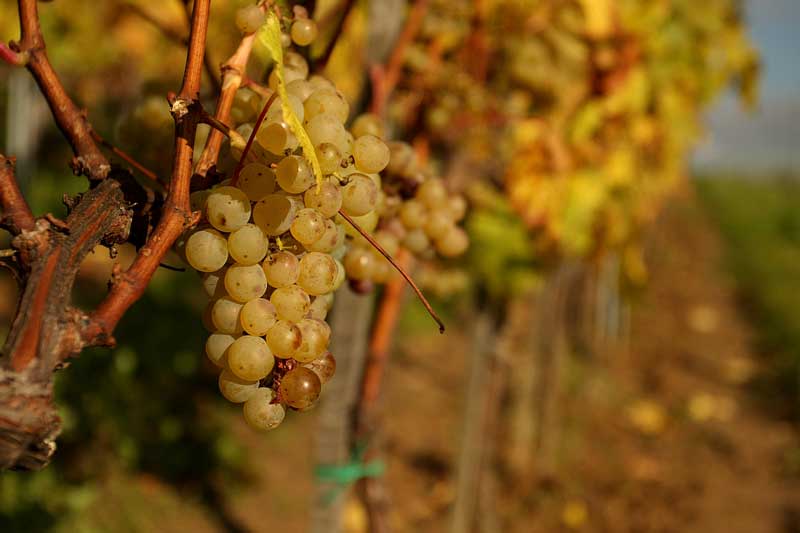Biodynamic cultivation
It's a return to methods that our great-grandparents took for granted. It requires humility towards nature and respect for everything that lives around us. It's not about exterminating all creatures that are potentially dangerous to our crops, it's about creating conditions for them so that they are not able to develop and dominate the environment.
We don't force nature to behave as we wish, we just try to observe it closely and make the best use of what it offers us. We take advantage of the enormous potential of the place. We cooperate with its “native inhabitants.” Thanks to the hawks that live in the old-growth forest adjacent to the vineyard, we have no trouble with starlings overeating the vineyard. The forest itself protects us from the north from the cold winds in winter. Pheasants eat all the snails in the area. A myriad of ladybugs and flies help keep other insects in check. Earthworms have done a tremendous job in improving the structure of the soil (to tell the truth - without the slightest exaggeration - they deserve a monument: the field we took over, on which the state farm operated for several decades, was compacted like a threshing floor, while today it is unrecognizable). Only with the hares we still find it difficult to come to an agreement, but we are working on it.


Our great-grandparents and our great-great-grandmothers were well aware that flowers and herbs are better harvested in a different phase of the moon than even turnips or rutabagas for winter. Everyone knew that whoever does not follow the generally known rules of the time, comes out badly, because his supplies for the winter spoil faster. Enthralled by modern agriculture with artificial fertilizers and chemical pesticides, we have lost this knowledge developed over generations. We on our vineyard are painstakingly trying to recreate it.
And what does the vine do about it? It grows and looks happy. It is also definitely more resistant to fungal diseases. To low temperatures as well. Theoretically, the varieties we grow should come to an abrupt end at -17 degrees C, while with us they have survived frosts reaching -25 degrees C. Thus, we are the northernmost vineyard that grows merlot.
Varieties
Everything depends on the quality of the fruit. Wine is made in the vineyard, not just in the processing plant. That's why we definitely focus on the quality of the wine, not its quantity, and create the vineyard with special care for each fruit.
Our choice was the noble varieties of the European vitis vinifera grape. The same ones made famous by Burgundy, Bordeaux, Champagne or Alsace.
You can find chardonnay, riesling, sauvignon blanc, merlot and pinot noir.
Wieliczka Vineyard is a young vineyard; we don't let all the vines bear fruit yet, so as not to weaken them too much. Every year we add more vines, diversifying our offerings over time.

